Moving a semi-trailer without wheels presents unique challenges that require careful planning and execution. Much like a puzzle, the complexities involved in relocating these large structures necessitate a multifaceted approach to ensure a safe and successful transfer. Whether it’s for maintenance, transport between locations, or repositioning on a lot, understanding the nuances of this task can save time and prevent damage. Below, we’ll delve into the various methods, equipment, and considerations necessary for moving a semi-trailer without wheels.
1. Understanding the Options Available
1.1. Flatbed Transport
Flatbeds offer one of the most straightforward solutions for transporting an unwheeled semi-trailer. This method involves placing the semi-trailer directly onto a flatbed truck.
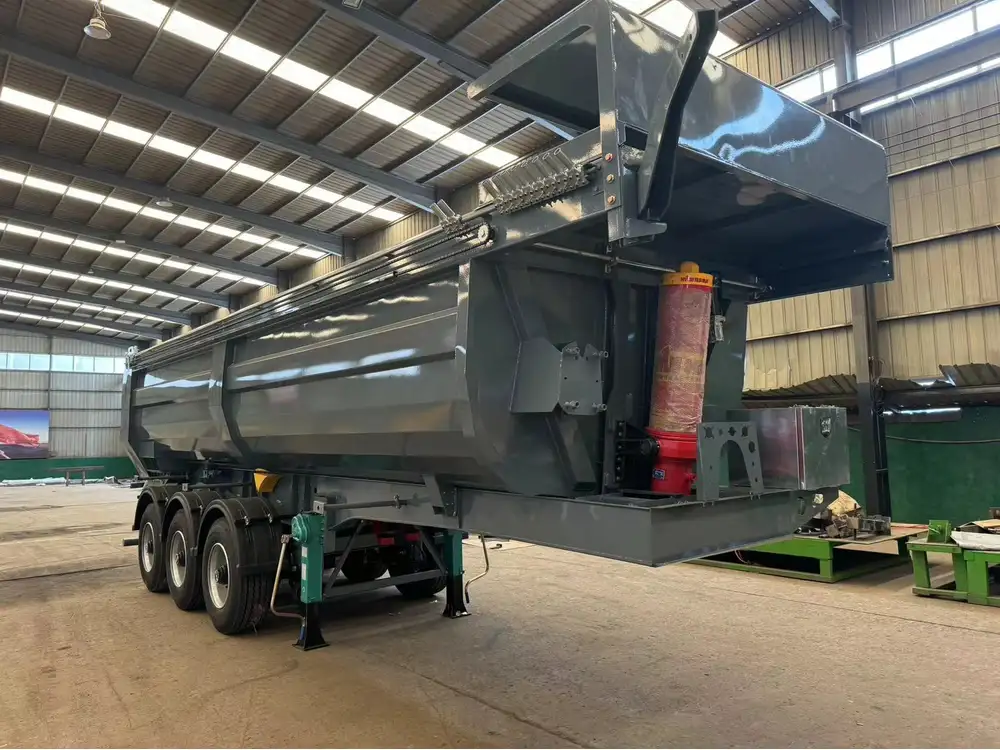
Advantages:
- Ease of Use: Loading and unloading is generally quicker.
- Stability: The semi-trailer is secured tightly to the bed, reducing movement during transit.
- Versatility: Suitable for a variety of trailer sizes and types.
Limitations:
- Accessibility: Requires a flatbed truck with adequate load capacity.
- Deployment: May involve extra costs and time to secure the flatbed.
1.2. Use of Heavy-Duty Dollies
Heavy-duty dollies are designed specifically for this purpose. These devices support the trailer and allow for manual or powered movement.
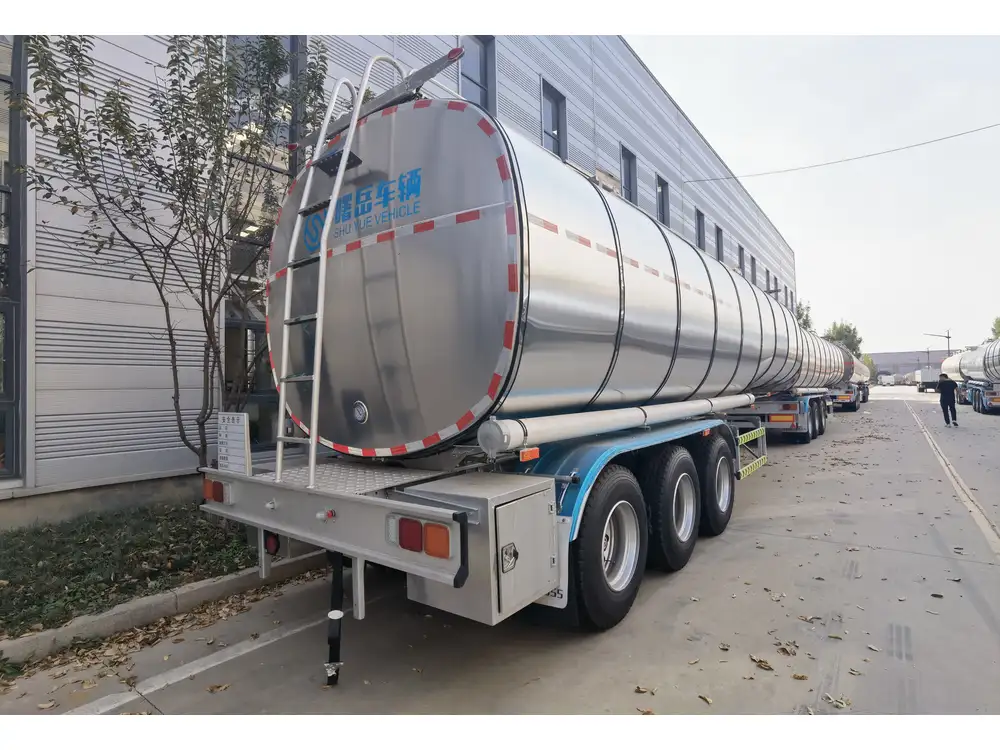
Advantages:
- Mobility: Dollies can maneuver in tight spaces, ideal for crowded lots.
- Adaptability: Can be adjusted for trailers of various dimensions.
Limitations:
- Initial Setup: Requires effort to attach and load the trailer onto the dolly.
- Limited Distance: Ideal for short distances rather than long hauls.
1.3. Hydraulic Jacks
Hydraulic jacks can elevate a semi-trailer off the ground, allowing for lateral movement.
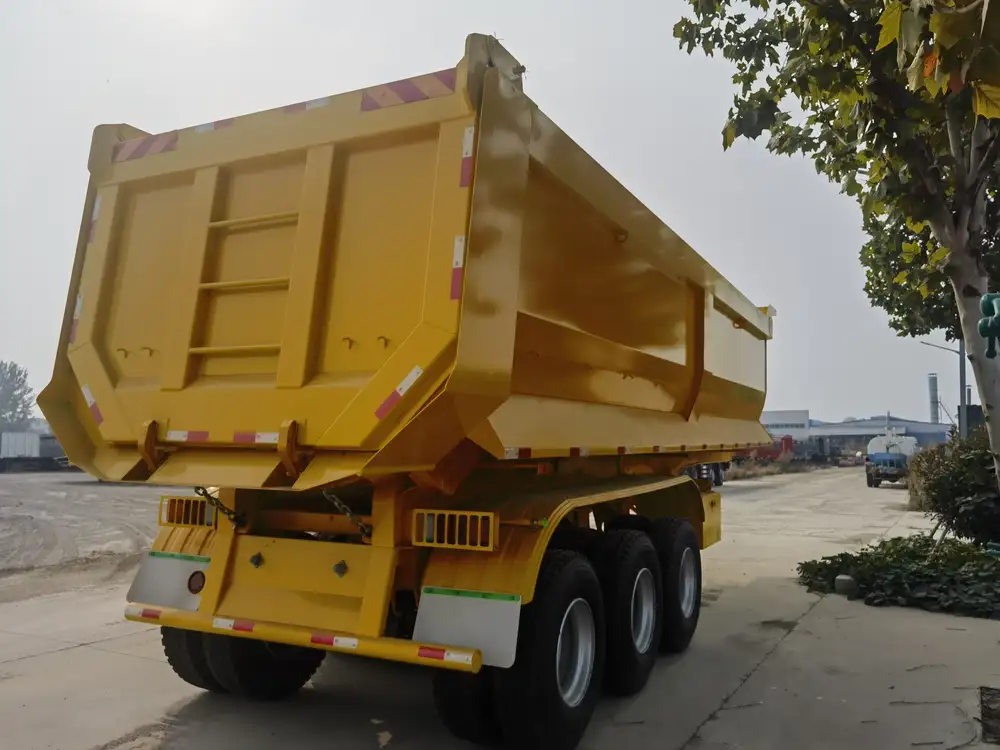
Advantages:
- Fine Control: Allows for precise adjustments in positioning.
- Ease of Engagement: Minimal physical effort required to lift.
Limitations:
- Ground Stability: Needs a solid surface to avoid sinking or tipping.
- Time-Consuming: Engaging hydraulic systems is not typically rapid.
1.4. Cranes and Winches
For particularly heavy or awkwardly positioned trailers, cranes and winches may be employed.

Advantages:
- Significant Lifting Power: Handles massive weights with ease.
- Versatile Angle of Approach: Can move in any direction.
Limitations:
- Specialized Equipment Needed: Requires trained personnel and appropriate machinery.
- Risk of Damage: Improper operation can result in damage to the trailer or surroundings.
2. Preparing for the Move
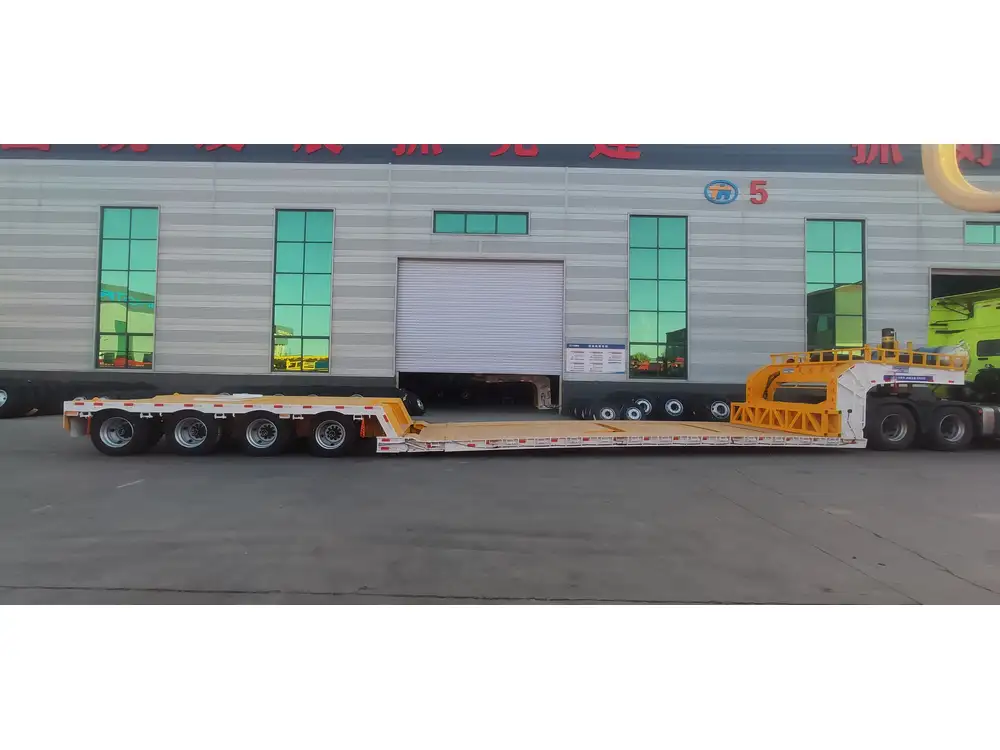
2.1. Assessing the Environment
Prior to any relocation effort, it is crucial to thoroughly evaluate the surrounding environment. This includes:
- Surface Type: Determine whether the ground can support the weight.
- Obstacles: Identify potential hazards like trees, poles, and other vehicles.
| Factor | Consideration |
|---|---|
| Surface Type | Concrete, gravel, or soil can affect stability. |
| Weather Conditions | Rain, snow, or ice can make surfaces slippery. |
| Nearby Structures | Ensure there’s enough clearance to maneuver. |
2.2. Gathering Necessary Equipment
To effectively move a semi-trailer without wheels, the right tools must be on hand. Essential items may include:
- Dollies: Heavy-duty options designed for trailers.
- Hydraulic jacks: For lifting and adjusting.
- Towing equipment: Chains and securing devices.
- Safety gear: Helmets, gloves, and visibility vests for personnel.
2.3. Securing Permits and Compliance
Depending on local regulations, it may be necessary to secure permits for the transport or movement of large structures. Check with local authorities to ensure compliance with safety and zoning laws.

3. Executing the Move
3.1. Setting Up Equipment
The setup phase is crucial for a smooth operation. This includes:
- Positioning the Dolly: Align the dolly underneath the front and back of the trailer.
- Lifting the Trailer: Utilize hydraulic jacks to lift the structure.
- Securing Connections: Attach safety chains or straps to prevent the trailer from slipping.
3.2. Moving the Trailer
Once everything is set, begin the movement.
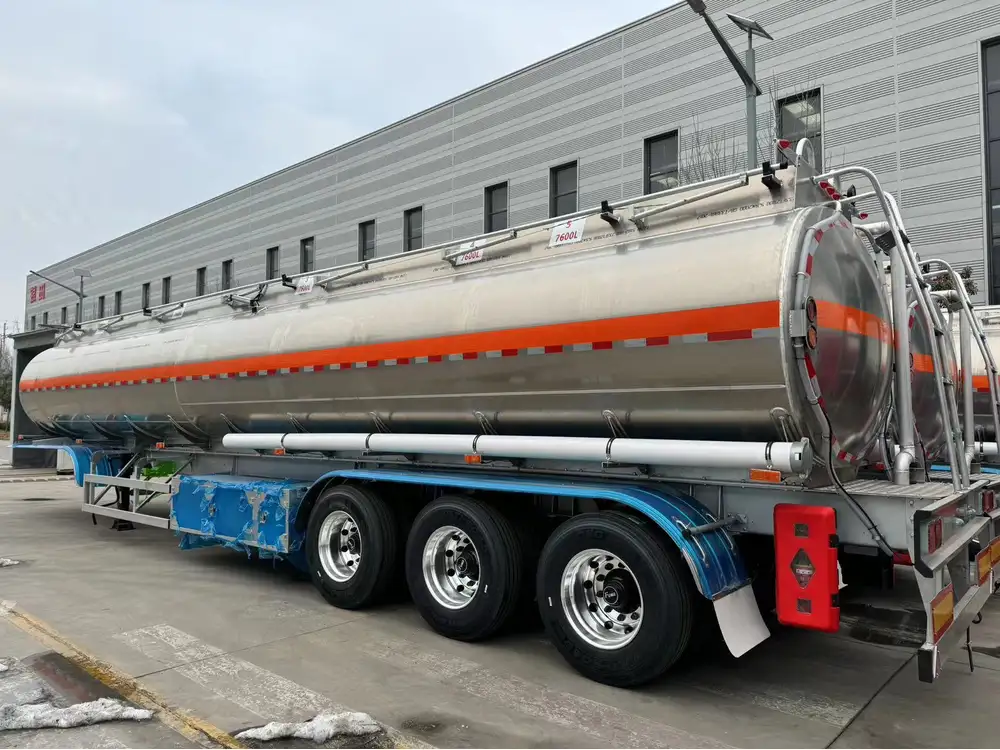
Short Distance Movement
For short transfers, manual dolly movement can be employed. Pushing or pulling the trailer should be done using the following techniques:
- Teamwork: Having several individuals helps distribute weight and prevents damage.
- Gradual Movements: Slow and steady motion minimizes risks.
| Step | Action |
|---|---|
| Step 1 | Position the dolly under the trailer |
| Step 2 | Lift the trailer using jacks |
| Step 3 | Move forward carefully |
Long Distance Movement
For longer distances, consider tow vehicles that can securely attach to the dolly or trailer.
3.3. Monitoring Through the Process
Keep an eye on the trailer’s condition throughout the move:
- Watch for Stability: Ensure it doesn’t tip or sway excessively.
- Check Securing Equipment: Regularly inspect straps/chains for wear or looseness.
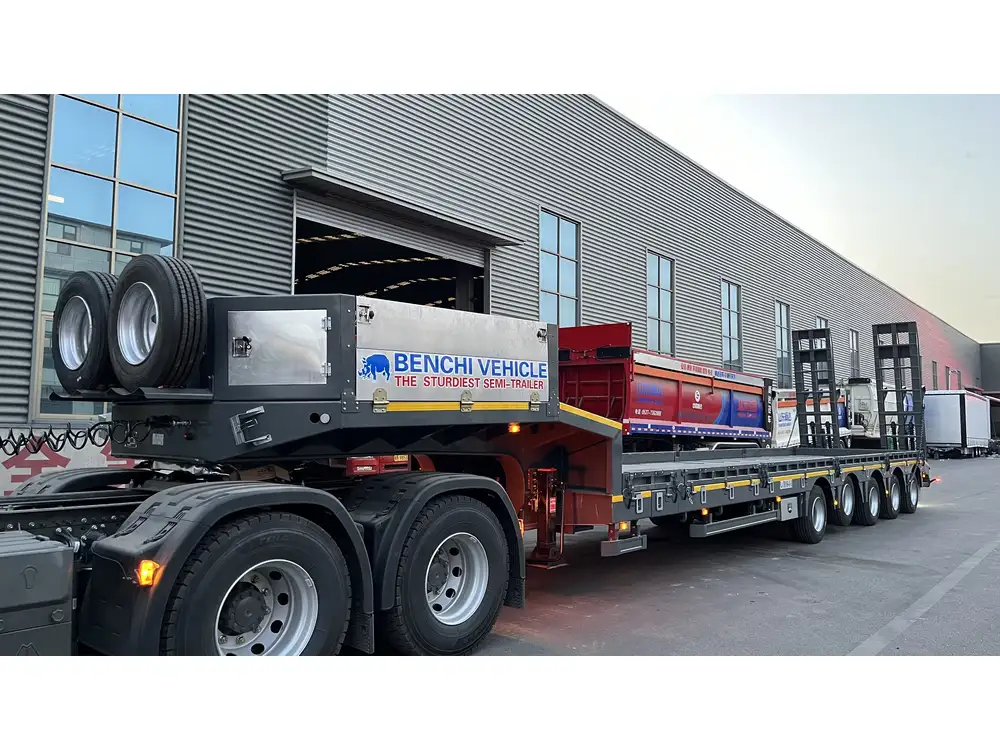
4. Post-Move Considerations
4.1. Checking for Damage
Once the semi-trailer has been successfully maneuvered, performing a thorough inspection for damage is essential. Look for:
- Structural Integrity: Check for bends or cracks in the frame.
- Shell Condition: Look for dents, scratches, or exposed metal.
4.2. Returning Equipment
After the move, don’t forget to return rentals and equipment, ensuring all items are in good condition.
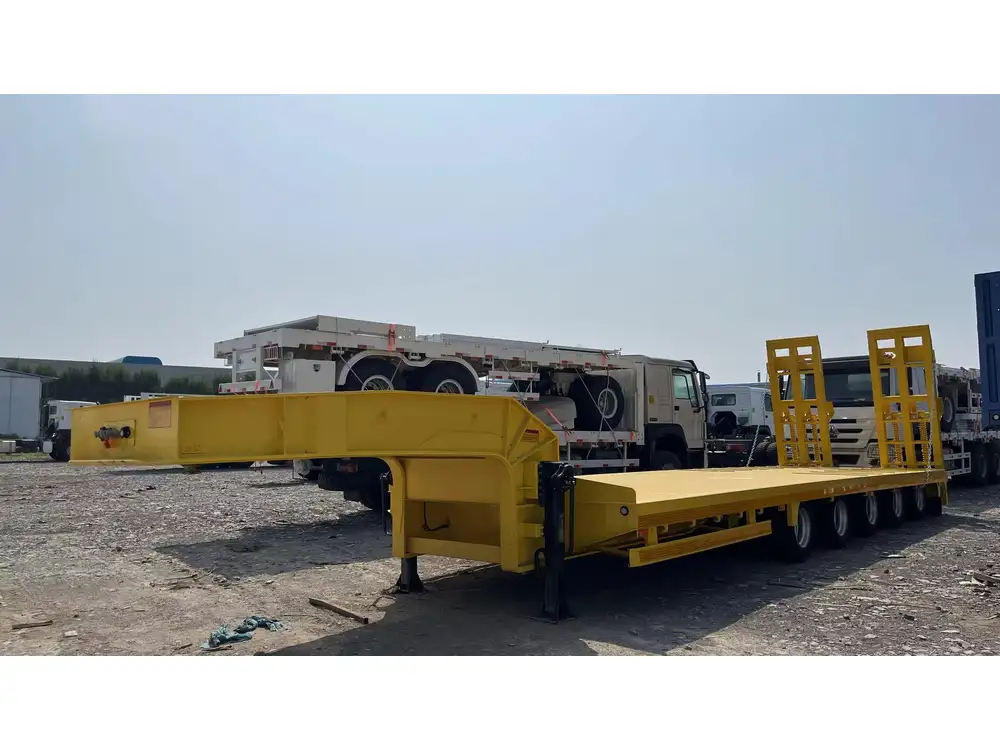
4.3. Documentation
Keep accurate records of the move, including any damages found and the equipment used. This documentation can be vital for insurance or warranty claims.
Conclusion
Moving a semi-trailer without wheels is no small feat; it requires consideration of various aspects, from selecting the right equipment to ensuring a smooth and stable transition. By understanding the different methods available and preparing meticulously, one can navigate this complex procedure efficiently. Whether employing flatbed transport, heavy-duty dollies, hydraulic jacks, or even cranes, the key lies in fostering a thorough planning strategy, ensuring safety, and maintaining clear communication among all personnel involved. Following these guidelines not only facilitates a successful move but enables efficient operations within the trucking and transportation industry.
Through careful consideration and execution, your next semi-trailer relocation can be seamless and efficient, ensuring longevity and functionality at the new location.



